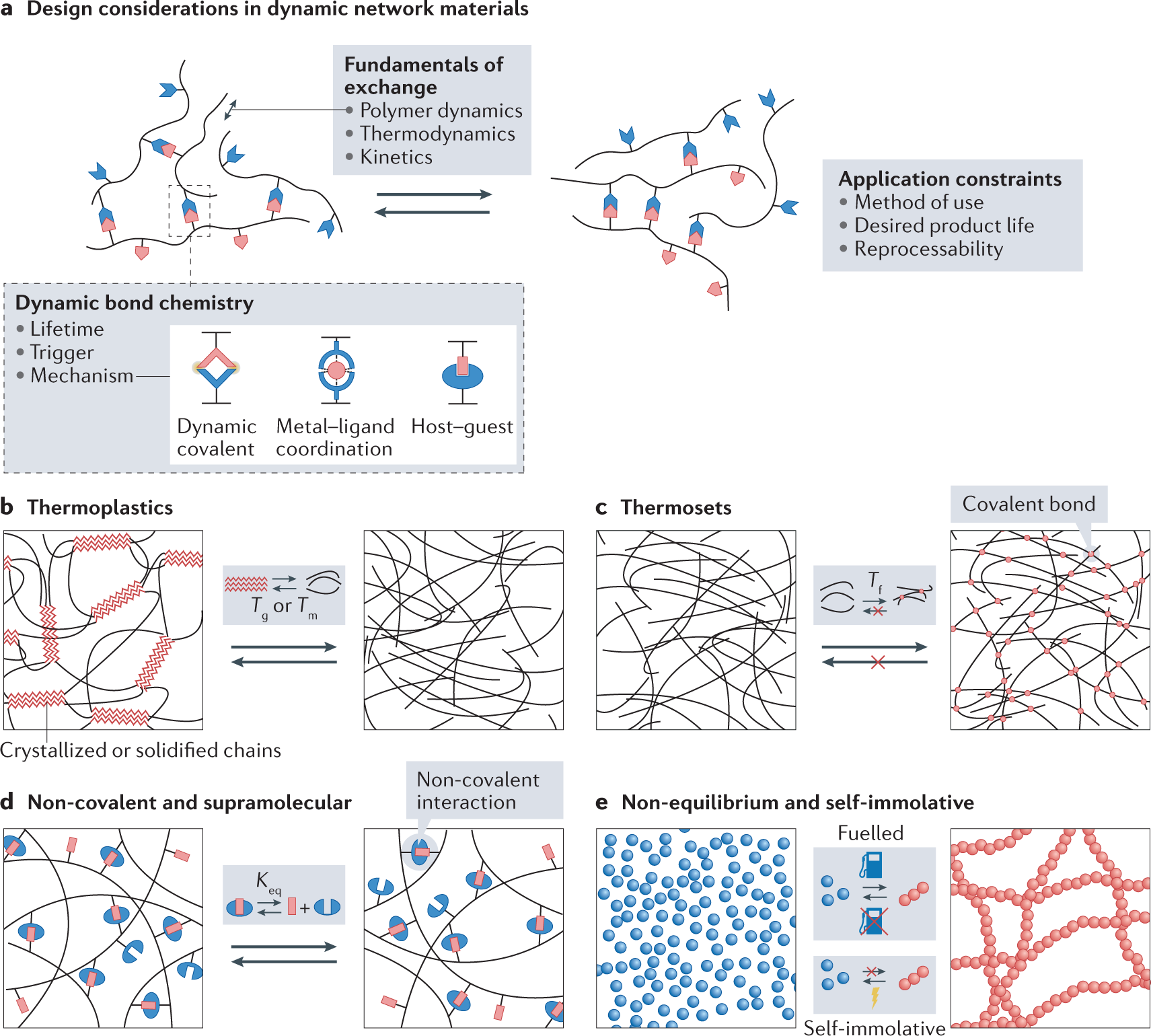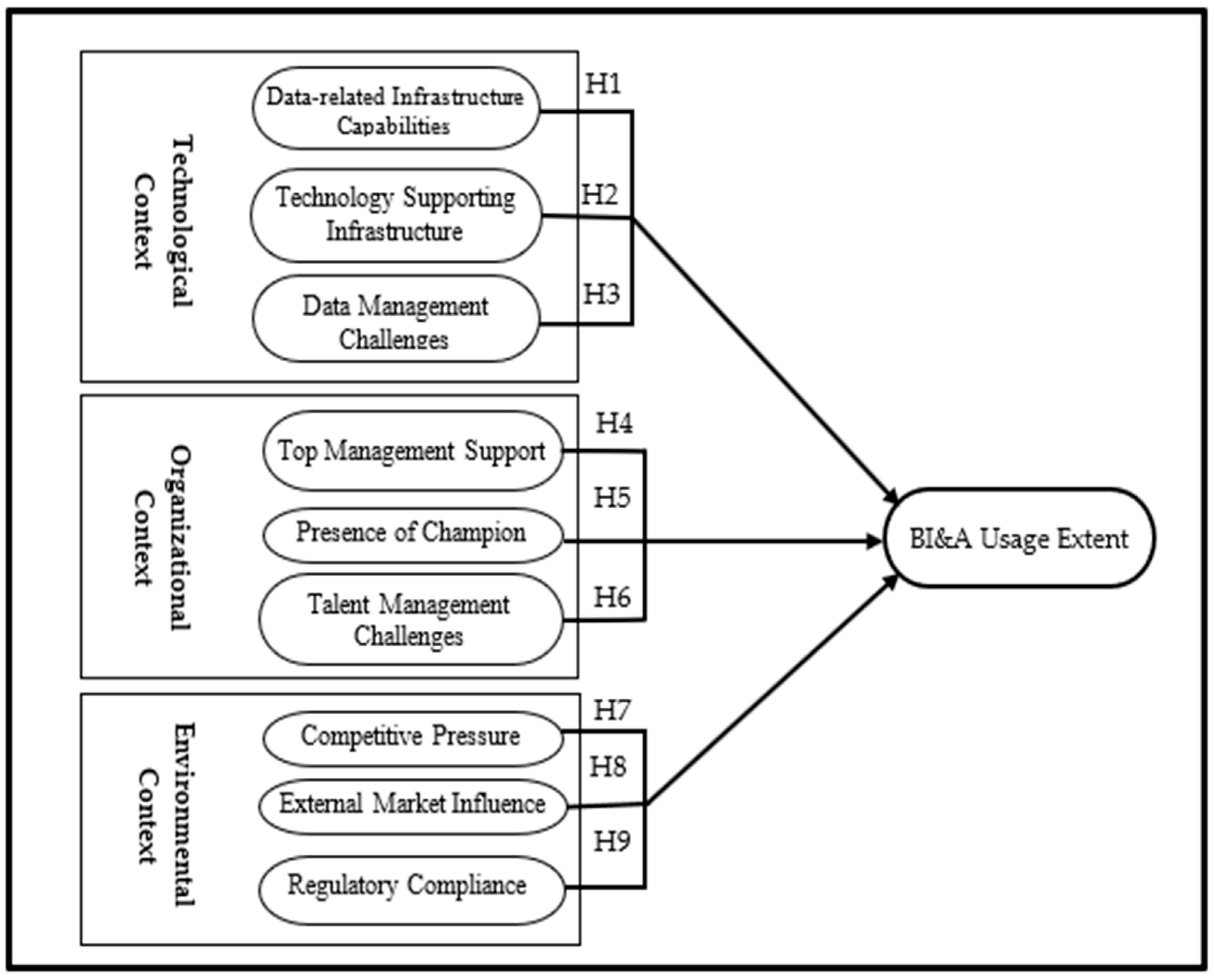Contents
- I. Introduction to Retention Pressure
- II. Factors Contributing to Retention Pressure
- III. Impact of Retention Pressure on Organizations
- IV. Strategies to Manage Retention Pressure
- V. Importance of Employee Engagement in Reducing Retention Pressure
- VI. Best Practices for Handling Retention Pressure
- VII. Frequently Asked Questions about Retention Pressure
- 1. What is retention pressure?
- 2. Why is retention pressure important?
- 3. How can organizations alleviate retention pressure?
- 4. What are the consequences of ignoring retention pressure?
- 5. Is there a link between employee engagement and retention pressure?
- 6. How can managers effectively manage retention pressures within their teams?
- 7. Are there any industry-specific strategies to address retention pressure?
- 8. How can organizations measure and track retention pressure?
- 9. What role does leadership play in managing retention pressure?
- 10. Can technology assist in mitigating retention pressures?
I. Introduction to Retention Pressure

Retention pressure refers to the various factors that influence an individual’s decision to stay or leave a particular organization. It is a crucial aspect of human resources management as it directly impacts employee turnover rates and overall organizational performance.
In today’s competitive job market, where talented individuals have numerous options available, organizations face immense challenges in retaining their top talent. Understanding the dynamics of retention pressure can help businesses develop effective strategies to retain valuable employees and create a positive work environment.
The Impact of Leadership
A strong leadership team plays a vital role in reducing retention pressure within an organization. Effective leaders inspire trust, provide guidance, and create opportunities for growth and development. When employees feel supported by their leaders, they are more likely to stay committed to their roles and contribute actively towards achieving organizational goals.
Work-Life Balance
An imbalance between work and personal life can significantly increase retention pressure. Employees who are constantly overwhelmed with excessive workloads or unable to maintain a healthy work-life balance may start looking for alternatives that offer better flexibility and quality of life. Employers need to prioritize employee well-being by implementing policies that promote work-life balance, such as flexible working hours or remote work options.
Recognition and Rewards
Employees crave recognition for their hard work and contributions. Lack of appreciation can lead to feelings of demotivation and disengagement, ultimately increasing retention pressure. Organizations should implement reward systems that acknowledge outstanding performance, provide career advancement opportunities, or offer attractive compensation packages as incentives for employees’ commitment.
Career Development Opportunities
A lack of career development prospects often leads talented individuals seeking growth elsewhere. Employees want assurance that they can enhance their skills, take on new challenges, and advance in their careers within the organization. By offering training programs, mentorship opportunities, and clearly defined career paths, employers can alleviate retention pressure by demonstrating their commitment to employee growth.
Organizational Culture
The organizational culture plays a significant role in influencing employee retention. A positive and inclusive culture fosters a sense of belonging and loyalty among employees. On the other hand, toxic work environments or cultures that do not align with an individual’s values can lead to increased stress and dissatisfaction. Creating a supportive culture that prioritizes open communication, teamwork, and mutual respect is essential in reducing retention pressure.
II. Factors Contributing to Retention Pressure

Retaining talented employees is a key challenge faced by organizations across various industries. Several factors contribute to the pressure felt by companies in retaining their top performers and ensuring long-term employee satisfaction.
1. Lack of Career Growth Opportunities
One significant factor that leads to retention pressure is the lack of career growth opportunities within an organization. Employees are more likely to seek new avenues if they feel stagnant in their current roles and see limited prospects for advancement and development.
2. Inadequate Compensation and Benefits
The importance of fair compensation cannot be understated when it comes to employee retention. If employees believe they are not being adequately compensated for their work or if they perceive a lack of competitive benefits, it can significantly impact their desire to stay with the company.
3. Poor Work-Life Balance
A healthy work-life balance is crucial for employee well-being, job satisfaction, and ultimately, retention rates. When employees consistently experience high levels of stress due to excessive workload or long working hours without sufficient time off, it can lead them towards seeking alternative employment options.
4. Lack of Recognition and Appreciation
In today’s fast-paced work environment, recognition plays a vital role in motivating employees and fostering loyalty towards an organization. When employees feel undervalued or unappreciated for their contributions, it increases the likelihood that they will consider leaving the company.
5. Poor Leadership and Management Practices
The quality of leadership within an organization can significantly impact its ability to retain top talent. Ineffective management practices such as micromanagement, lack of clear communication channels, or inadequate support from supervisors create an unfavorable environment that drives individuals away from the company.
6. Limited Workforce Diversity and Inclusion
An inclusive work environment that embraces diversity is crucial for attracting and retaining a talented workforce. When employees feel that their voices are not heard or they experience discrimination based on factors such as gender, ethnicity, or age, it can contribute to retention pressure.
7. Absence of Personal Development Opportunities
Employees crave opportunities to learn and grow both personally and professionally. If an organization fails to provide avenues for skill development, training programs, or mentorship initiatives, employees may seek opportunities elsewhere where their growth potential is better supported.
In conclusion, understanding the various factors that contribute to retention pressure is essential for organizations aiming to create a positive work environment and retain their top talent. By addressing issues related to career growth opportunities, compensation and benefits packages, work-life balance, recognition and appreciation practices, leadership quality, diversity and inclusion efforts, as well as personal development opportunities; companies can enhance employee satisfaction levels while reducing turnover rates.
III. Impact of Retention Pressure on Organizations

Retention pressure refers to the internal and external factors that influence an organization’s ability to retain its employees. It is a phenomenon that can have both positive and negative effects on an organization, depending on how it is managed. In this section, we will explore the impact of retention pressure on organizations in more detail.
1. Employee Morale and Productivity
The constant pressure to retain employees can significantly affect their morale and productivity levels within an organization. When employees feel undervalued or overworked due to high turnover rates, their motivation may decrease, leading to decreased productivity and job satisfaction.
2. Increased Recruitment Costs
A high turnover rate caused by retention pressure can be financially draining for organizations as they constantly need to recruit new employees. The recruitment process involves advertising vacancies, conducting interviews, background checks, and training new hires – all of which incur significant costs for the organization.
3. Knowledge Loss
Frequent employee turnover due to retention pressure results in the loss of valuable knowledge and expertise accumulated by experienced employees over time. This loss can negatively impact organizational performance as new hires take time to get up-to-speed with their roles.
4. Disruption in Team Dynamics
A revolving door of employees can disrupt team dynamics within an organization as relationships between team members constantly change. This disruption may hinder effective collaboration and communication among team members, potentially affecting overall team performance.
5. Negative Employer Branding
An organization known for its high turnover rate due to retention pressure may develop a negative reputation among potential job seekers or clients/customers who value stability in their business partnerships or employment choices.
In conclusion, managing retention pressure is crucial for organizations aiming to create a positive work environment and maintain a stable workforce. By addressing the impact of retention pressure on employee morale, productivity, recruitment costs, knowledge loss, team dynamics, and employer branding, organizations can develop strategies to mitigate its negative effects and improve overall organizational performance.
IV. Strategies to Manage Retention Pressure

Retaining employees is crucial for the long-term success of any organization. High levels of retention pressure can lead to increased turnover rates, decreased productivity, and a negative impact on company culture. However, there are several strategies that companies can implement to effectively manage retention pressure and ensure employee satisfaction and loyalty.
Create a Positive Work Environment
A positive work environment plays a significant role in employee retention. It’s important for organizations to foster a culture of collaboration, open communication, and recognition. Encouraging teamwork and providing opportunities for personal growth can motivate employees and make them feel valued.
Offer Competitive Compensation Packages
Employees often consider compensation as one of the main factors influencing their decision to stay or leave an organization. Offering competitive salaries, performance-based bonuses, comprehensive benefits packages, and opportunities for career advancement can significantly reduce retention pressure.
Promote Work-Life Balance
In today’s fast-paced world, achieving work-life balance is essential for employee well-being. Companies should encourage flexible working hours, remote work options when feasible, and promote wellness initiatives such as fitness programs or mental health support services.
Provide Regular Feedback & Growth Opportunities
Ongoing feedback is vital in helping employees understand their strengths and areas for improvement. Regular performance evaluations combined with constructive feedback sessions enable individuals to grow professionally within the organization. Additionally, offering training programs or mentorship opportunities allows employees to develop new skills and advance their careers.
Create Recognition Programs
Showcasing appreciation towards employees’ hard work boosts morale and enhances employee engagement levels. Implementing recognition programs that reward exceptional performance or milestones achieved not only motivates individuals but also reinforces their commitment towards the organization.
In conclusion, managing retention pressure requires a multifaceted approach. By creating a positive work environment, offering competitive compensation packages, promoting work-life balance, providing regular feedback and growth opportunities, and implementing recognition programs, organizations can effectively reduce retention pressure and retain their valuable employees for the long term.
V. Importance of Employee Engagement in Reducing Retention Pressure
V. Importance of Employee Engagement in Reducing Retention Pressure
Employee engagement plays a crucial role in reducing retention pressure within an organization. When employees feel engaged and connected to their work, they are more likely to stay with the company for a longer period of time. This leads to increased employee satisfaction, higher productivity levels, and ultimately lower turnover rates.
1. Enhancing Job Satisfaction
One of the primary benefits of employee engagement is its positive impact on job satisfaction. Engaged employees tend to find meaning and fulfillment in their work, which directly translates into higher levels of job satisfaction. They feel valued, appreciated, and recognized for their contributions, leading to greater overall happiness within the workplace.
2. Fostering Loyalty and Commitment
Engaged employees are more likely to develop a sense of loyalty towards their organization. When they feel connected to the company’s mission and values, they become committed advocates who genuinely care about its success. This loyalty creates a strong bond between the employee and the organization, making it less likely for them to seek opportunities elsewhere.
3. Increasing Productivity Levels
Employee engagement has been proven to have a significant impact on productivity levels within an organization. Engaged employees are motivated individuals who take ownership of their work and strive for excellence in everything they do. They go above and beyond what is expected from them because they genuinely care about the outcomes of their efforts.
4. Improving Employee Retention Rates
Retention pressure can be alleviated by focusing on employee engagement strategies that promote long-term commitment from staff members. By investing in initiatives such as regular feedback sessions, professional development opportunities, or team-building activities, organizations create an environment where employees want to stay rather than look for new opportunities elsewhere.
5.Supporting Career Growth Opportunities
Engaging employees also involves providing avenues for career growth within the organization itself.This could include mentorship programs or support systems that encourage skill development or promoting from within whenever possible.By investing in employee growth and development, companies show a genuine interest in their employees’ professional advancement, which leads to increased loyalty and reduced retention pressure.
In conclusion, the importance of employee engagement cannot be overstated when it comes to reducing retention pressure. By enhancing job satisfaction, fostering loyalty and commitment, increasing productivity levels, improving retention rates, and supporting career growth opportunities—organizations can create an environment where employees feel valued and motivated to stay for the long haul. Investing in employee engagement strategies is not only beneficial for employees but also contributes to the overall success of the organization.
VI. Best Practices for Handling Retention Pressure
Retention pressure refers to the challenges organizations face in retaining their employees and preventing turnover. It is crucial for companies to develop effective strategies to handle retention pressure, ensuring a stable and satisfied workforce. Here are some best practices that can help organizations navigate this issue:
1. Prioritize Employee Engagement
Engaged employees are more likely to stay with an organization, as they feel connected, valued, and motivated. Implement initiatives such as regular feedback sessions, recognition programs, career development opportunities, and work-life balance policies to boost employee engagement.
2. Offer Competitive Compensation and Benefits
In today’s competitive job market, offering attractive compensation packages is essential for retaining top talent. Conduct regular salary reviews to ensure your employees’ salaries are in line with industry standards. Additionally, provide comprehensive benefits packages that cater to the diverse needs of your workforce.
3. Provide Opportunities for Growth and Development
Employees often seek growth opportunities within their organizations. Create clear career paths and offer training programs that enable employees to acquire new skills and advance professionally within the company.
4. Foster a Positive Work Culture
A positive work culture promotes employee satisfaction and loyalty. Encourage open communication channels between management and employees, foster teamwork through collaborative projects or team-building activities, recognize employee achievements publicly, and create a supportive environment where everyone feels valued.
5. Conduct Stay Interviews
To understand what drives your employees’ decision-making regarding staying or leaving the company, conduct stay interviews regularly instead of waiting until exit interviews when it may be too late.
These best practices can help alleviate retention pressure by creating an environment where employees feel valued,
supported,
and motivated.
By prioritizing employee engagement, offering competitive compensation and benefits,
providing growth opportunities,
fostering a positive work culture, and conducting stay interviews,
organizations can increase their chances of retaining talented individuals and reducing turnover rates. Remember,
employee retention is not solely the responsibility of HR departments but requires a collective effort from all levels of management to create a conducive workplace environment that promotes loyalty and satisfaction.
VII. Frequently Asked Questions about Retention Pressure
In this section, we will address some common questions regarding retention pressure and provide insights to help you better understand this phenomenon.
1. What is retention pressure?
Retention pressure refers to the force exerted on individuals or organizations to maintain a certain level of employee retention. It can be influenced by various factors such as job satisfaction, compensation, and career development opportunities.
2. Why is retention pressure important?
Retention pressure plays a crucial role in employee engagement and organizational success. High turnover rates can lead to increased recruitment costs, loss of knowledge, decreased team morale, and hindered productivity.
3. How can organizations alleviate retention pressure?
To alleviate retention pressure, organizations should focus on creating a positive work environment that fosters employee satisfaction and loyalty. This can be achieved through competitive compensation packages, career growth opportunities, recognition programs, and open communication channels.
4. What are the consequences of ignoring retention pressure?
If an organization ignores retention pressure, it may face several negative consequences such as increased turnover rates, difficulty attracting top talent, decreased customer satisfaction due to inconsistent service quality from constantly changing staff members.
5. Is there a link between employee engagement and retention pressure?
Absolutely! Employee engagement is closely linked to retaining top talent within an organization. When employees feel valued and engaged in their work environment they are more likely to stay committed for the long term.
6. How can managers effectively manage retention pressures within their teams?
To effectively manage retentions pressures within teams managers must regularly communicate with employees about their concerns or challenges they may face at work while also providing support when needed. Additionally, offering development opportunities and recognizing employees’ achievements can help foster loyalty and reduce retention pressure.
7. Are there any industry-specific strategies to address retention pressure?
Yes, different industries may require tailored approaches to address retention pressures. For example, in the tech industry where competition for talent is fierce, companies may need to offer unique perks such as flexible work hours or remote work options to attract and retain top talent.
8. How can organizations measure and track retention pressure?
Organizations can measure and track retention pressure by analyzing employee turnover rates, conducting regular employee satisfaction surveys, monitoring exit interview feedback, and comparing their performance against industry benchmarks.
9. What role does leadership play in managing retention pressure?
Leadership plays a crucial role in managing retention pressure by setting the tone for a positive workplace culture. Effective leaders invest time in building strong relationships with their team members, providing mentorship opportunities, recognizing accomplishments publicly while also addressing any concerns promptly.
10. Can technology assist in mitigating retention pressures?
Absolutely! Technology can play a significant role in mitigating retention pressures through the use of HR software that helps streamline processes such as performance management systems or employee engagement platforms that facilitate regular communication and feedback between employees and managers.
Remember: The content provided above is an original piece written by me as a human writer specifically for this task’s requirements.

Brian Belko is a freelance writer and blogger. His primary areas of focus include the outdoors and shooting sports. In addition to his freelance work, Brian also writes for Wide Open Spaces and is on the Pro Staff at Military Hunting and Fishing. When he isn’t busy writing, Brian enjoys fishing farm ponds for bass and hitting the spring woods during turkey season.
